Panasonic GX850 Review
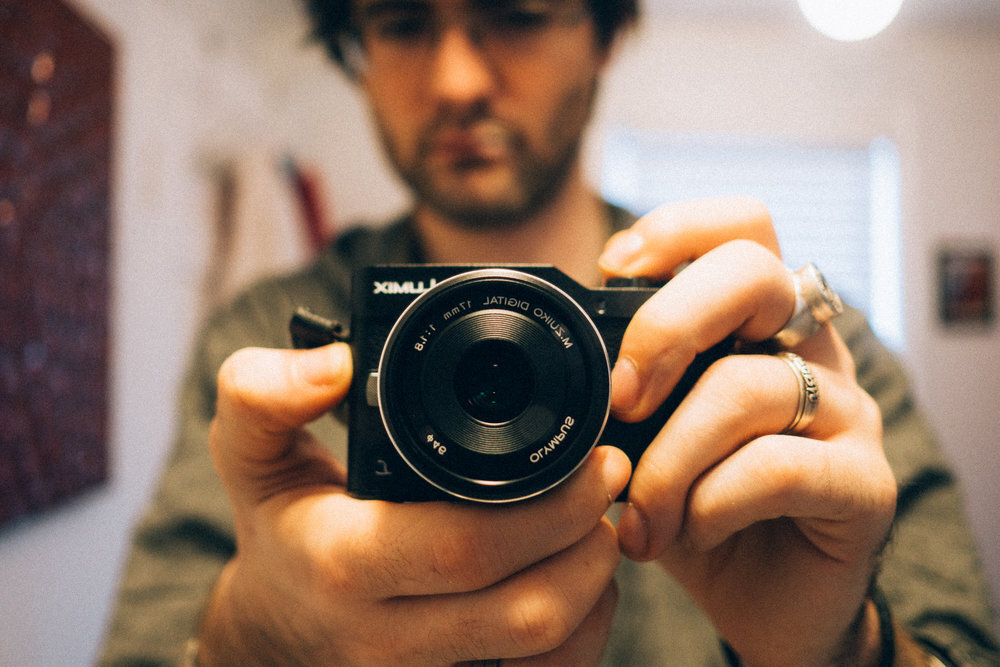
I recently decided to switch cameras (again). This is something I do every few years, out of boredom, mostly, and it always inspires me as a photographer.
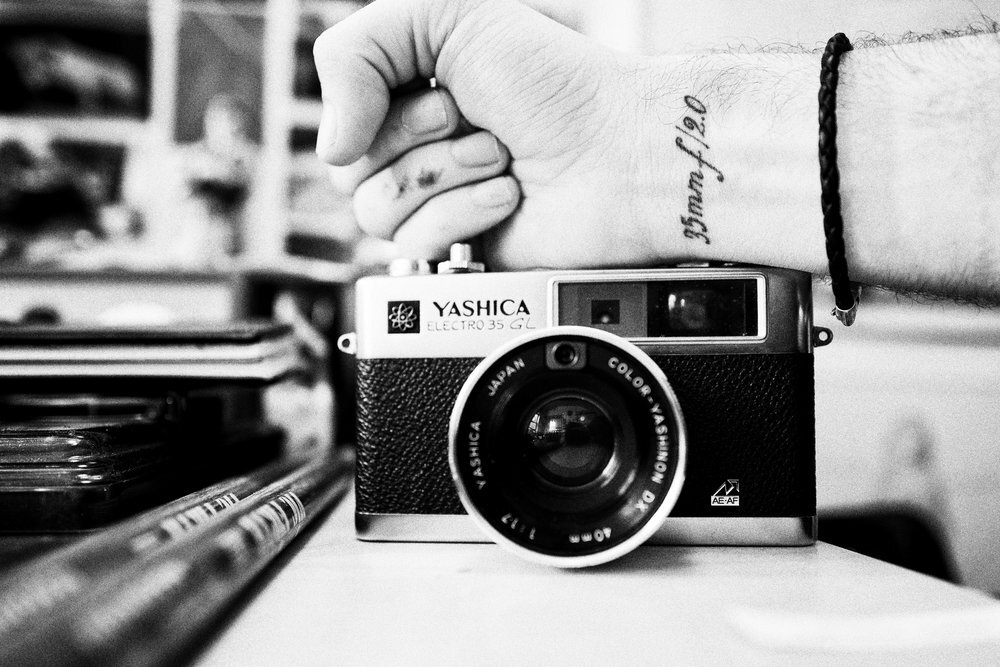
I usually end up switching between Leica and Fujifilm cameras, but this time is different — I decided to pick up my first Micro–Four–Thirds camera — the smallest one on the market. One that’s so small, it even lacks a viewfinder.
I opted for the Olympus 17mm f/1.8 lens, which is the closest thing to my preference of 35mm f/2.0 (on full frame).
Size Beats All & Inspiration
For me, size is king right now. I want the smallest camera reasonably possible, as I want to carry the body with me everywhere, and every millimeter counts a lot towards the feel of the camera on your body.
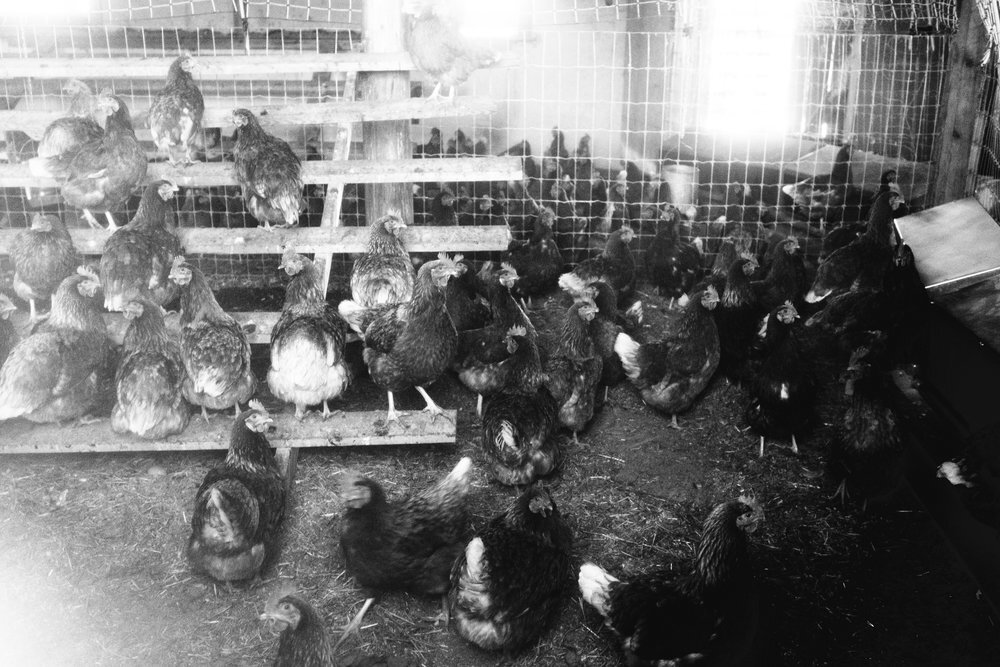
I was very happy with the superior quality and size of the Fujifilm x100F, which I highly recommend to anyone — and while this camera is absolutely a step back in terms of image quality, it holds a candle, and, most importantly, it inspires me — something that, after several years, the Fujifilm no longer was doing.
Creative inspiration is the most important quality a camera can have, and I’m finding it in this novelishly–small Panasonic camera.
Overall Impressions
The 3:4 aspect ratio is a serious downside to this sensor size. Luckily, the camera offers 2:3 cropping for JPEGs, and when importing images from JPEG+RAW mode, Lightroom CC (even on the iPad) automatically applies the crop to the RAW image. So, my GX850 is effectively a 2:3 camera, with some extra vertical pixels to play with if I ever need them.
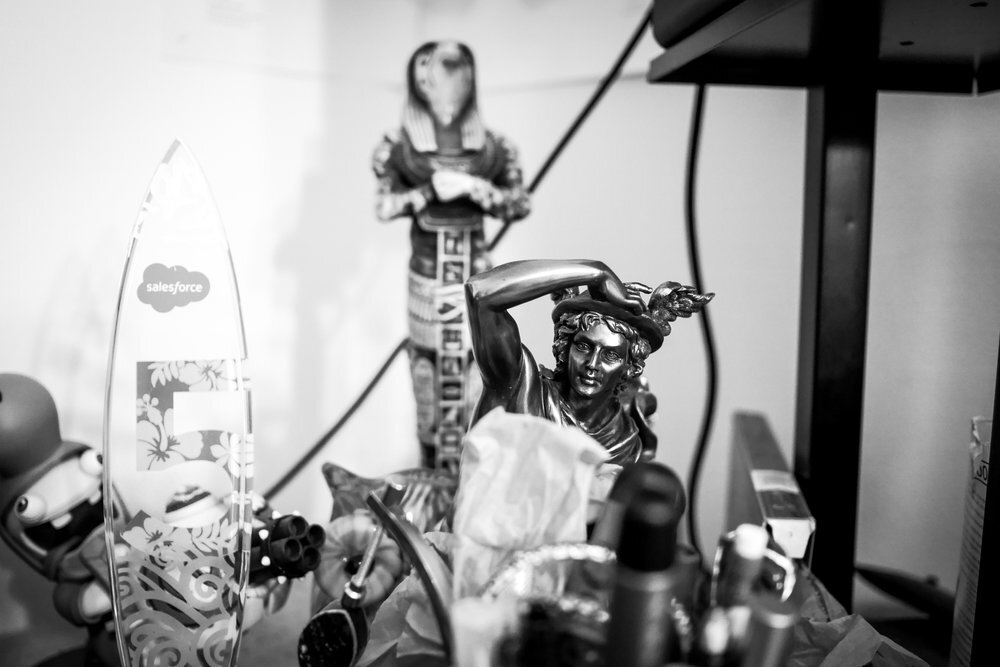
I’m impressed with the image quality, given the size and price of the camera. The camera pales in comparison to the Fujifilm x100F, which was to be expected, especially when it comes to things like getting white balance just right, but overall I’m quite happy with its quirks.
The dynamic range of the resulting images are “good enough” to work with, far from excessive, and is taking some getting used to, for more creative work.
The form factor is worth these tradeoffs, in my opinion. There’s also something comforting/humbling about shooting with what’s considered an “entry level” camera when you’re a professional–level shooter.
Life Without a Viewfinder
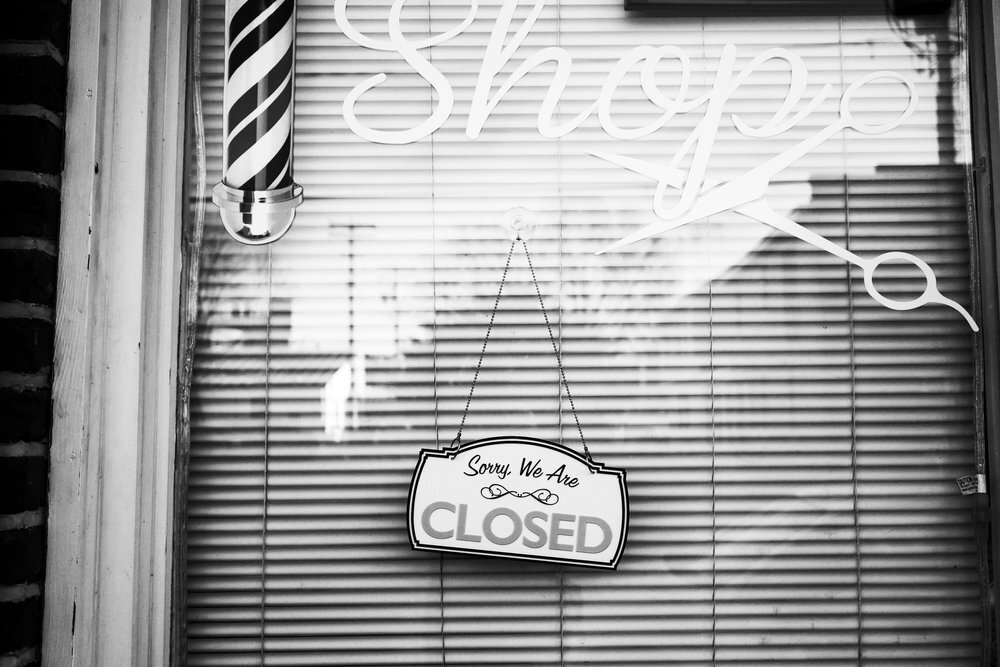
So far, life without a viewfinder is quite okay. I was very apprehensive about this, but the portability of the camera (meaning I always have it on me), is easily worth the trade–off of not having a viewfinder. Plus, I have experience with a viewfinder–less system from the Ricoh GR, so I knew what I was getting myself into.
Shooting with a screen has a few unexpected benefits:
- You’re less noticeable on the street.
- People don’t consider you a professional when they do notice you, so they don’t mind you snapping a photo, and mostly ignore you.
Most importantly, the screen articulates 180 degrees upwards, for selfies or shooting 4K video of yourself. This is a very fun aspect of the camera that I don’t expect to use often, but I expect that when I need it, it’ll be considered quite useful.
Final Thoughts
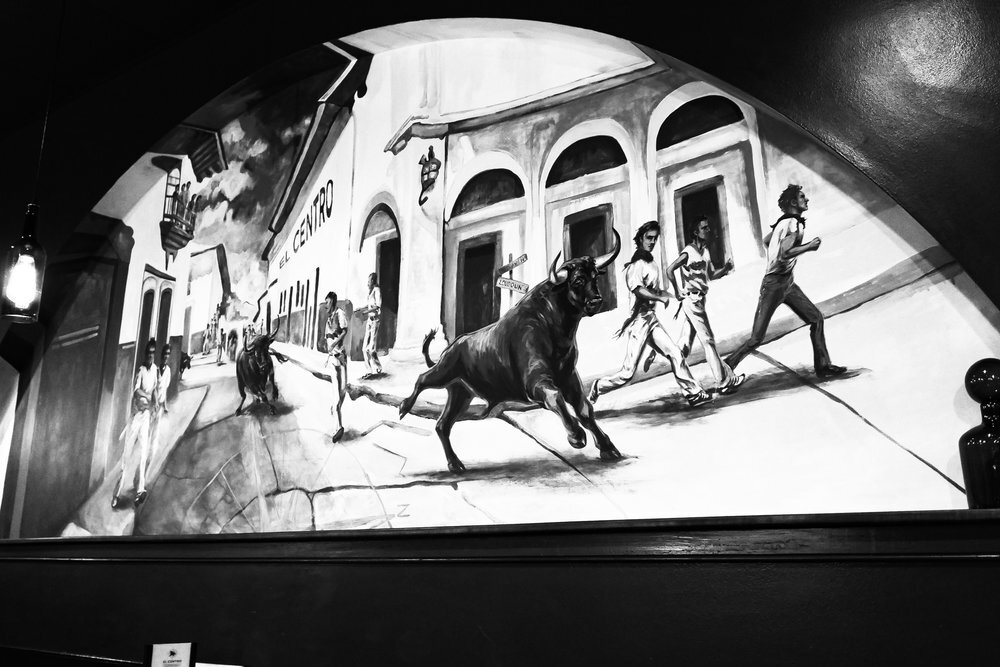
I love this camera. It’s inspiring me to shoot.
That’s something that the fantstic Fujifilm X100F was no longer doing, hence me getting rid of it. I miss it dearly already, but there’s no need to hold on to things that are no longer serving you.
I expect myself to pick up the next iteration of the X100, once it’s released. It’ll likely be time to be re–inspired then :)
